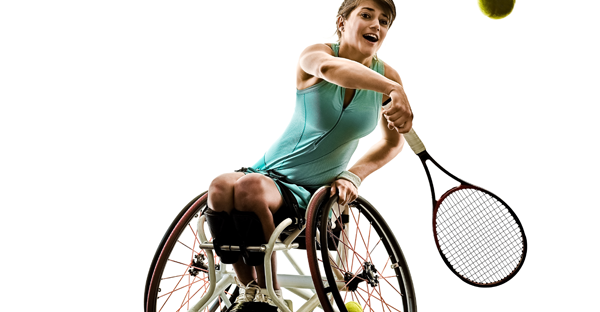The 6th edition of the Parapan American Games will be held in Lima continuing with a tradition that started in 1999 with 4 sports: wheelchair basketball, Para athletics, Para swimming, Para table tennis.
The Lima 2019 Parapan American Games will host 1890 athletes from 33 countries, who will participate in17 sports and 18 disciplines. The competitions will take place between August 23 and September 1, 2019. Is worth highlighting that all our venues will have accessibility for athletes and officers who will arrive at the Parapan American Games that will take place 12 days after the Lima 2019 Pan American Games.
The competition is full of challenges, especially because these Games will have direct qualification to the Tokyo 2020 Paralympic Games.
Sports Classification
Athletes are grouped into classes based on how the impairment affects their performance.
Therefore, a class does not only include a unique type of impairment but athletes with different impairments. However, although impairments are different, they affect sport performance in the same way.
The classification process helps to define which athletes qualify to compete in each sport and they are classified according to their level of impairment in competition. This ensures that an athlete or a team compete under the same conditions as the remaining athletes.
Before the Paralympic Games or Parapan American Games, each competing athlete has to be evaluated by authorized technical officials (called “classifiers”), who are appointed by the corresponding international federation.
Classifiers evaluate the athlete’s impairment and how it affects his/her functional abilities in the field of play, in accordance with the classification rules for each sport.

Eligible Impairments
Athletes with physical, visual and intellectual impairments can be divided into 10 eligible impairment types.
Physical impairments:
- Impaired muscle power: The force generated by muscles, such as the muscles of one limb, one side of the body or the lower half of the body, is reduced (for example, spinal cord injury, spina bifida, polio).
- Impaired passive range of movement: Range of movement in one or more joints is reduced in a systematic way. Acute conditions such as arthritis are not included.
- Loss of limb or limb deficiency: A total or partial absence of bones or joints as a consequence of amputation due to illness or trauma or congenital limb deficiency (for example, dysmelia).
- Leg-length difference: Significant bone shortening occurring in one leg due to congenital deficiency or trauma.
- Short stature: Standing height is reduced due to shortened legs, arms and trunk as a result of a musculoskeletal deficit of bone or cartilage structures.
- Hypertonia: An abnormal increase in muscle tension and the reduced ability of a muscle to stretch as a result from injury, disease or conditions which damage the central nervous system, such as cerebral palsy.
- Ataxia: A lack of coordination of muscle movements (such as cerebral palsy, Friedreich’s ataxia).
- Athetosis: Unbalanced, involuntary movements and difficulty maintaining a symmetrical posture (for example, cerebral palsy, choreoathetosis).
Visual impairments:
Visual Impairment occurs when there is damage to one or more of the components of the vision system, which can include:
- impairment of the eye structure/receptors
- impairment of the optic nerve/optic pathways
- impairment of the visual cortex
Intellectual impairments:
Intellectual impairments are defined as “a disability characterized by significant limitation both in intellectual functioning and in adaptive behavior as expressed in conceptual, social and practical adaptive skills. This disability originates before the age of 18.” (American Association on Intellectual and Development Disability, 2010).